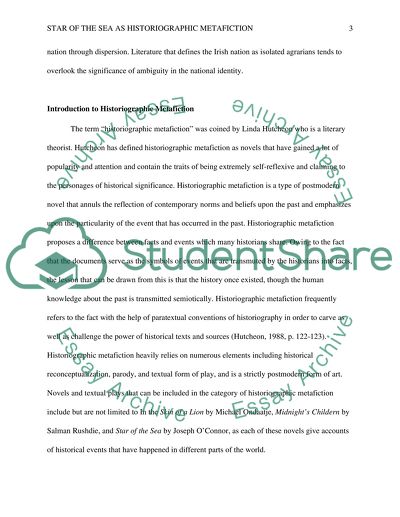Cite this document
(“Star of the Sea as Historiographic Metafiction Essay”, n.d.)
Retrieved from https://studentshare.org/literature/1456010-what-do-you-understand-by-ychhistoriographic
Retrieved from https://studentshare.org/literature/1456010-what-do-you-understand-by-ychhistoriographic
(Star of the Sea As Historiographic Metafiction Essay)
https://studentshare.org/literature/1456010-what-do-you-understand-by-ychhistoriographic.
https://studentshare.org/literature/1456010-what-do-you-understand-by-ychhistoriographic.
“Star of the Sea As Historiographic Metafiction Essay”, n.d. https://studentshare.org/literature/1456010-what-do-you-understand-by-ychhistoriographic.


